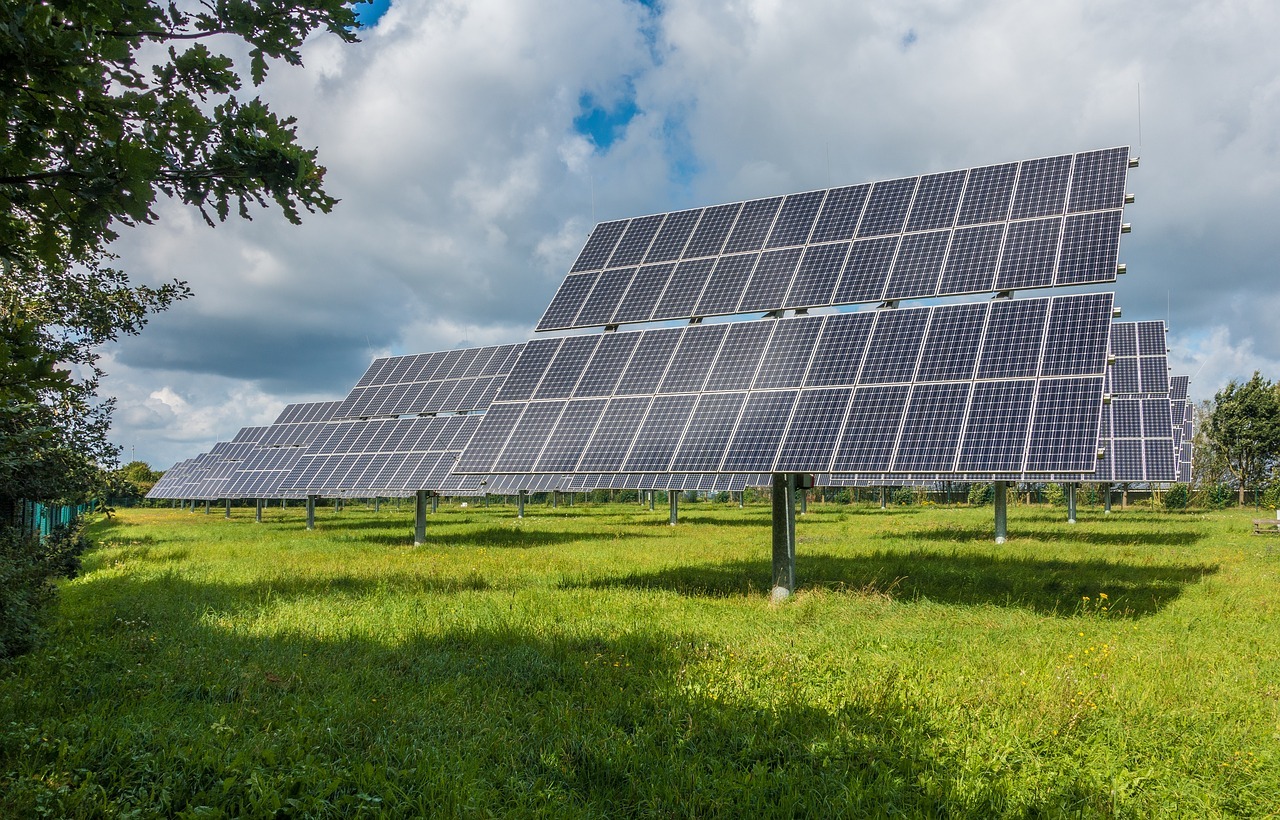Finding new ways to relieve the stress humans cause on the environment is a responsibility we all now bear. Science has proven the bottom line in survival of the human race, and it’s clear that people need a more reliable and renewable source of fuel/energy production.
If you’re looking to gather a little more information on the subject, look no further. Take some time to read through a brief look at a few renewable energy resources that should be explored and/or utilized more often.
Solar power
The sun provides the Earth with more energy in just an hour than everyone in the world uses in the average year, according to the National Renewable Energy Laboratory.
With that much energy pouring onto the planet’s surface every hour, there’s no reason why the world couldn’t work towards a totally solar powered existence.
Solar farms are just now beginning to bud up all around the world, and the next decade will see a rise in the development of tools that harness the power of the sun.
Wind power
Windmills have been in use for a long time, and today, turbines are built as high as tall buildings to harness the power of the wind. When the wind turns the blades of the turbine, it powers a generator, producing free-flowing electricity.
Wind energy is typically one of the most inexpensive ways to produce power. In the U.S., California, Oklahoma, Texas, and Kansas are some of the top wind-power producers.
Biomass energy
The production of biomass energy happens whether you choose to harness it, or not. Biogas is produced from the waste of animals, crops, wood, and other plants. Burning biomass material produces heat that can generate electricity with the help of a steam turbine.
Biomass energy is fickle though. Some forms of biogas are actually more harmful to the environment than the burning of fossil fuels. However, there are some biomass sources that can produce energy without adding strain to the environment.
Hydroelectric power
The United States uses hydroelectric power in a big way throughout the country. Fast-moving water sources litter the landscape, and people have certainly found a reliable way to produce electricity from the energy of the moving water.
The trick to making hydroelectric energy renewable and safe for the surrounding environment is keeping it small. Large mega-dams can cause more harm than good by restricting the flow of an area’s main water source.
Geothermal energy
Geothermal energy is produced from the Earth’s core. If you have ever enjoyed the retreat of a natural hot spring, then you have utilized the warmth of the Earth’s core.
Geothermal energy may not be as renewable and reliable as other alternative energy sources, as creating a bunch of holes in the Earth could lead to some troubling consequences in areas prone to earthquakes.
